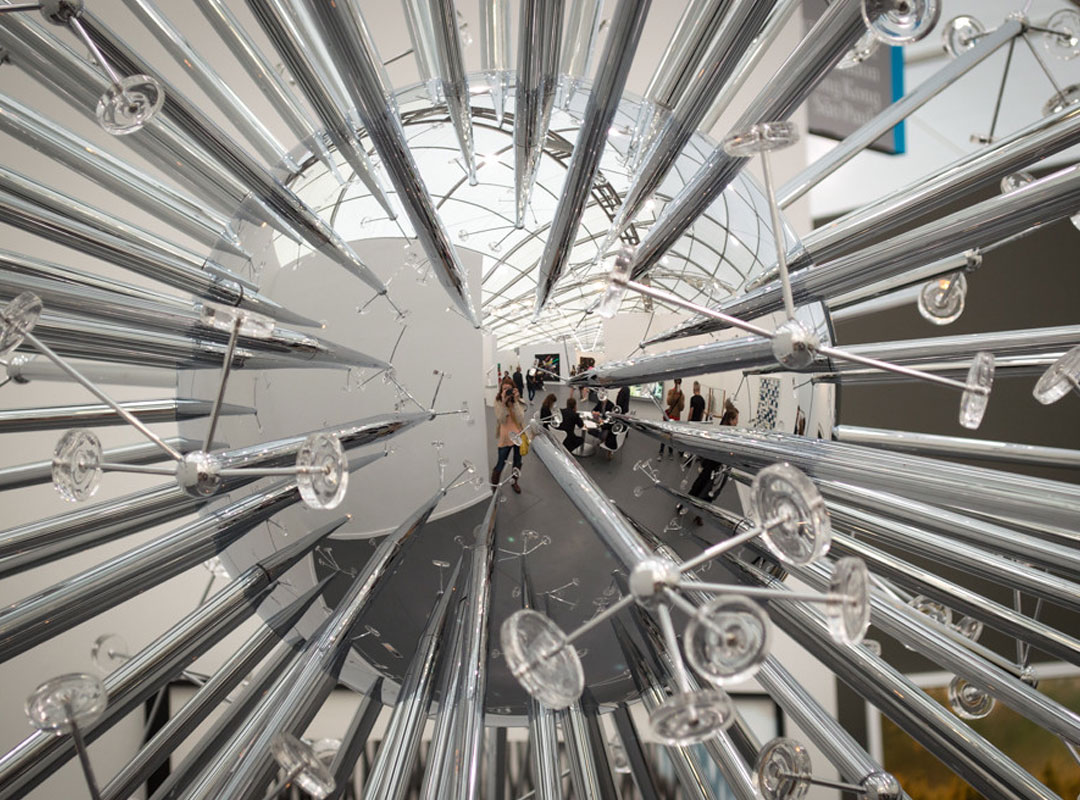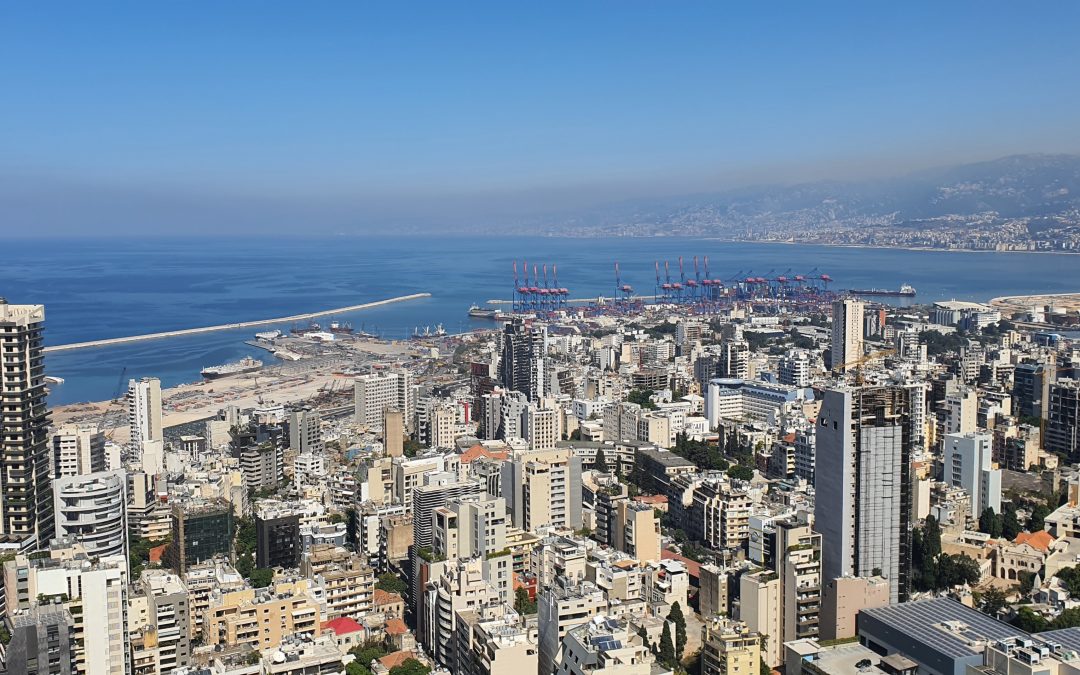
Plowden & Smith Fine Art Insurance Newsletter, Autumn 2020
Your Essential Autumn Briefing
- How Policyholders can Best Protect Paintings – Whilst Still Enjoying Them!
- How Independent Condition Reports Can Save Insurers Money
- Sneak Peak! Behind the Scenes Preparing for Cecily Brown at Blenheim Palace
- Advice on Protecting Outside Sculpture During the Winter Months
Hello,
The old maxim that prevention is better than cure is advice that many of us have grown up with, and for those of us in the art world, this maxim practically translates into a series of measures known as preventive conservation.
At its heart, preventive conservation for works of art, is all about avoiding accidents and slowing down the natural inevitable aging process of organic materials.
In times of economic uncertainty, everyone with artworks they value (regardless of monetary value) should be aware of how preventive conservation can help keep their possessions safe, protecting their value, cutting down on the expense of restoration treatment and keeping policy premiums low. With all of us spending more time at home, and further restrictions ever looming, this is more important than ever before.
With this in mind, we asked two of our paintings conservators to share some expert advice on how your policy holders can best protect their paintings, whilst also enjoying them in the home.
Last month also saw the launch of the Plowden & Smith smARTreport, our independent condition reporting service. All too often people buy art without truly knowing what condition it is in, including whether it is suffering from hard to detect issues or inherent weaknesses that may only become a problem with the passing of time.
Finally, with winter coming we share some advice on protecting outdoor sculpture over the coming months.
As always, we are active on social media. For a look behind the scenes in our studio, incredible transformations, conservation advice and information about the lives of our favourite artists check out our Instagram account; for top tips on the best podcasts, exhibitions and art market and museum news follow us on Twitter; and for content tailored to the specialist art insurance sector don’t miss our regular posts on LinkedIn.
Best wishes,
Sarah Giles – Director | Business Development
Whether your Clients’ collections contain Old Masters, or their Childs’ Masterpieces -Preventive Conservation is the key to keeping Paintings Displayed in the Home in the best Possible Condition…
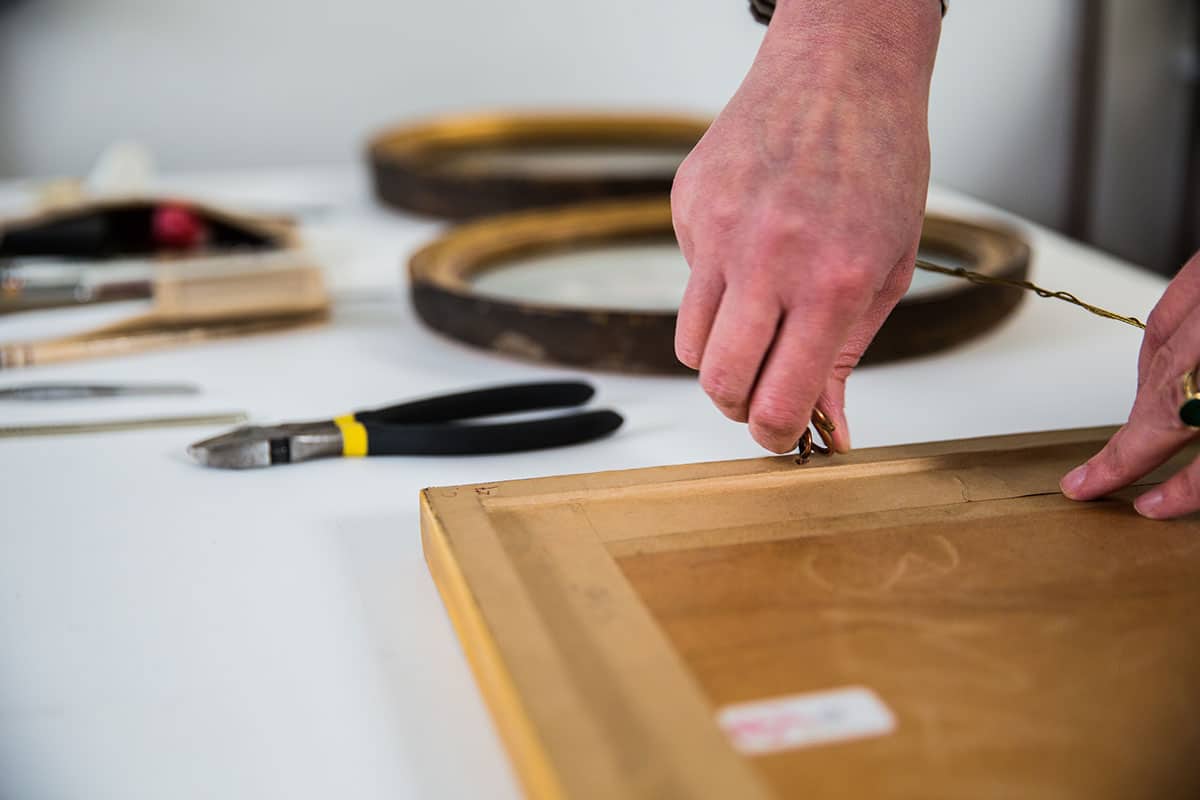
The environment of a domestic home is often a far cry from the ‘optimum’ environmental conditions that a museum might seek to create. Thankfully, there are a great many things you can do to protect your art, without compromising the comfort of your home.
The first thing to remember is that paintings do not respond well to bright light, or to fluctuations in temperature and humidity as these can promote movement in the support and the paint. Therefore, you may wish to consider where you choose to display your painting.
No go areas include walls facing direct sunlight, above a radiator or working fireplace. External walls are more likely to be subject to changes in temperature and humidity levels than internal walls.
Bathrooms and also kitchens (or at least the part of the kitchen with the cooker in it) are best avoided because these rooms tend to experience more rapid changes in temperature and humidity than other parts of a house. Furthermore, in a kitchen, there is always the increased risk the painting will absorb dirt and grease.
Regardless of where you chose to display your painting, protective UV-filtering glazing will limit your painting’s exposure to harmful light, and the great thing about today’s state of the art ‘museum’ grade glass is that it so non-reflective, you really won’t know it is there.
Furthermore, glazing used in conjunction with conservation grade acid-free backboards can help create a micro-climate that will protect your painting from extreme fluctuations in temperature and humidity.
Make sure that your painting is hung with appropriate fixings. Avoid string or cotton, which can snap and always opt for high-quality picture wire instead. In some instances, particularly for heavier works, picture brackets are far safer than picture wire and do always make sure that the wall itself is strong enough to take the weight of your painting.
If you would like more information on caring for your painting, including advice or help with hanging it, please contact us. Alternatively, if you have a painting which may have suffered as a result of its environment and would like a no-obligation estimate, please email some photographs showing the damage, along with the painting’s dimensions to info@plowden-smith.com.
Why Independent Condition Reports are Essential for Insurers and Policy Holders
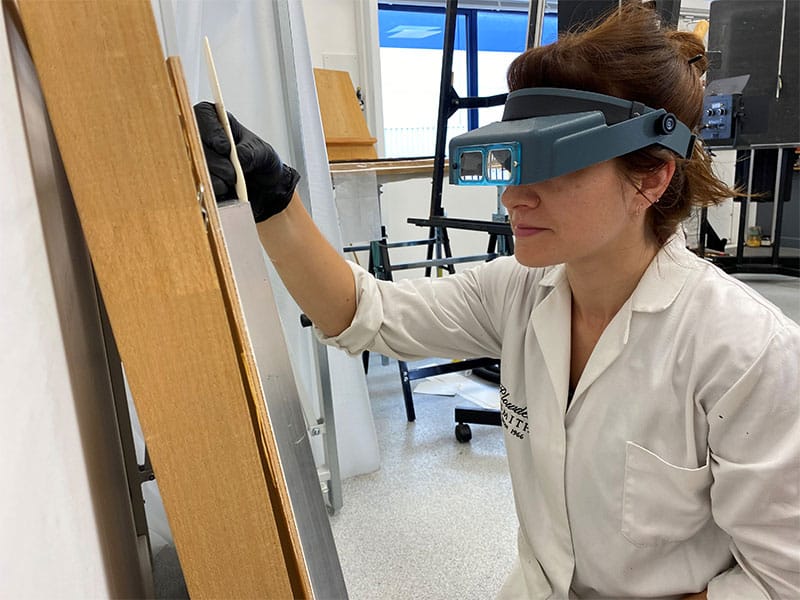
Conservators at Plowden & Smith have been providing independent condition reports for well over 30 years, however recent travel restrictions and the rise of online auctions and art fairs, has seen a surge in demand for the service, often requested at short notice by individuals contemplating bidding on or buying an object sight unseen. This has led to the evolution of our condition report and we are pleased to add smARTreport to our range of services.
It makes sense for buyers to commission reports when contemplating new purchases that they have not seen in the flesh, but why might an independent condition report be of value to insurers and their policyholders? The fine art insurance market is a competitive field and with insurers offering clients attractive rates, it may not be practical to include the cost of a condition report. In our experience, condition reports do have a place in the market and could be a worthwhile investment and instrumental in saving insurers from costly payouts along the line.
A conservator’s condition report gives a clear statement of condition when insuring high value artworks, which is particularly relevant when insuring Contemporary artworks, which can be made from ephemeral materials. The trained eye of a specialist conservator could spot an inherent vice and at this point insurers can make an informed decision about whether or not to take on the risk.
Prior to shipping a high value artwork, these artworks or objects are often checked by a shipper or the owner/gallery and whilst a basic report is better than none at all, a conservator could spot an issue that may mean the piece becomes damaged during the transportation. Flaking paint or fine fractures, are sometimes only visible under magnification and will only be picked up by someone with years of experience and a specialist in a particular material. Damage in transit could therefore often be avoided.
When an object is loaned to a museum there is always a possibility of damage, and this risk is increased during travelling exhibitions. When objects go from A to B, liability for damage is more readily attributable, but when dealing with collections of high value artworks that travel to multiple locations as part of the exhibition’s tour, the condition of the objects upon arrival and before departure is key in identifying when damage may have occurred.
The cost of a smARTreport starts from as little as £250, for more information about this or any of our other services, please do get in touch on 020 8874 44005 or emailing info@plowden-smith.com
How Do I Protect Outdoor Sculpture Throughout Winter?
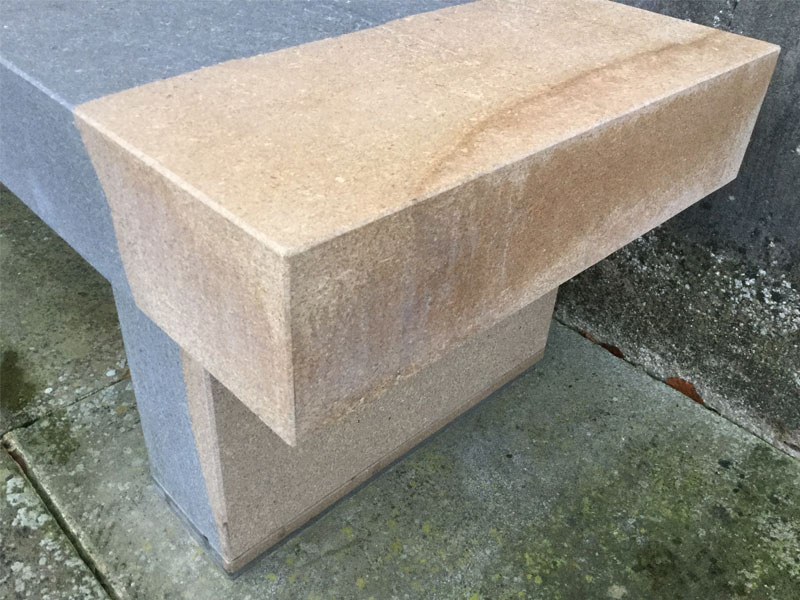
As the days turn colder spare a thought for outdoor sculpture, which is particularly vulnerable to damage during the winter months…
• Have your bronze sculpture regularly waxed as this will help repel water.
• If possible, relocate smaller sculpture inside or to a covered area. Remember, moving sculpture is always risky so should only ever be done by a professional conservator or art handler!
• Keep on top of maintenance over the winter months – ensure the sculpture is clear of leaves and water, which may freeze and expand. Pay particular attention to nooks and crannies.
• For valuable or particularly vulnerable works, consider employing a professional conservation company to make and erect a temporary covered structure around your sculpture. This will protect the artwork from frost and moisture, but still allow essential air flow. This can be a good long-term investment as this covered structure could potentially be re-used every winter or when you are away for sustained periods of time.
• If you have any concerns about your outdoor sculpture, ask us to complete a smARTreport assessment for the work (or works) in question. smARTreport, our independent condition report service, provides you with an indepth statement on the condition of your sculpture, identifying any inherent weaknesses or latent issues which may only become problematic as time passes, or in certain environmental conditions. If requested these reports can include preventive care advice and recommend treatment options. Find out more
Behind the Scenes – Cecily Brown at Blenheim Palace
Video courtesy of Blenheim Art Foundation
Cecily Brown makes paintings that give the appearance of being in continual flux, alive with the erotic energy of her expressive application and vivid colour, shifting restlessly between abstract and figurative modes, and her upcoming solo exhibition at Blenheim Palace (17th September 2020 – 3rd January 2021) is one of the hottest tickets in town.
Organised by the Blenheim Art Foundation, Cecily Brown joins the likes of Ai Weiwei, Jenny Holzer and Yves Klein to have solo exhibitions presented in the magnificent interiors of Blenheim Palace, the birthplace of Winston Churchill.
Plowden & Smith enjoys an excellent relationship with the Blenheim Art Foundation and this is the third exhibition we have been involved in.
Our two Painting Conservators Susan and Rita spent three days onsite stretching large scale canvases to prepare them for installation and our Exhibitions team made a series of bespoke mounts to display the works in their spectacular setting.
And Last But Not Least…
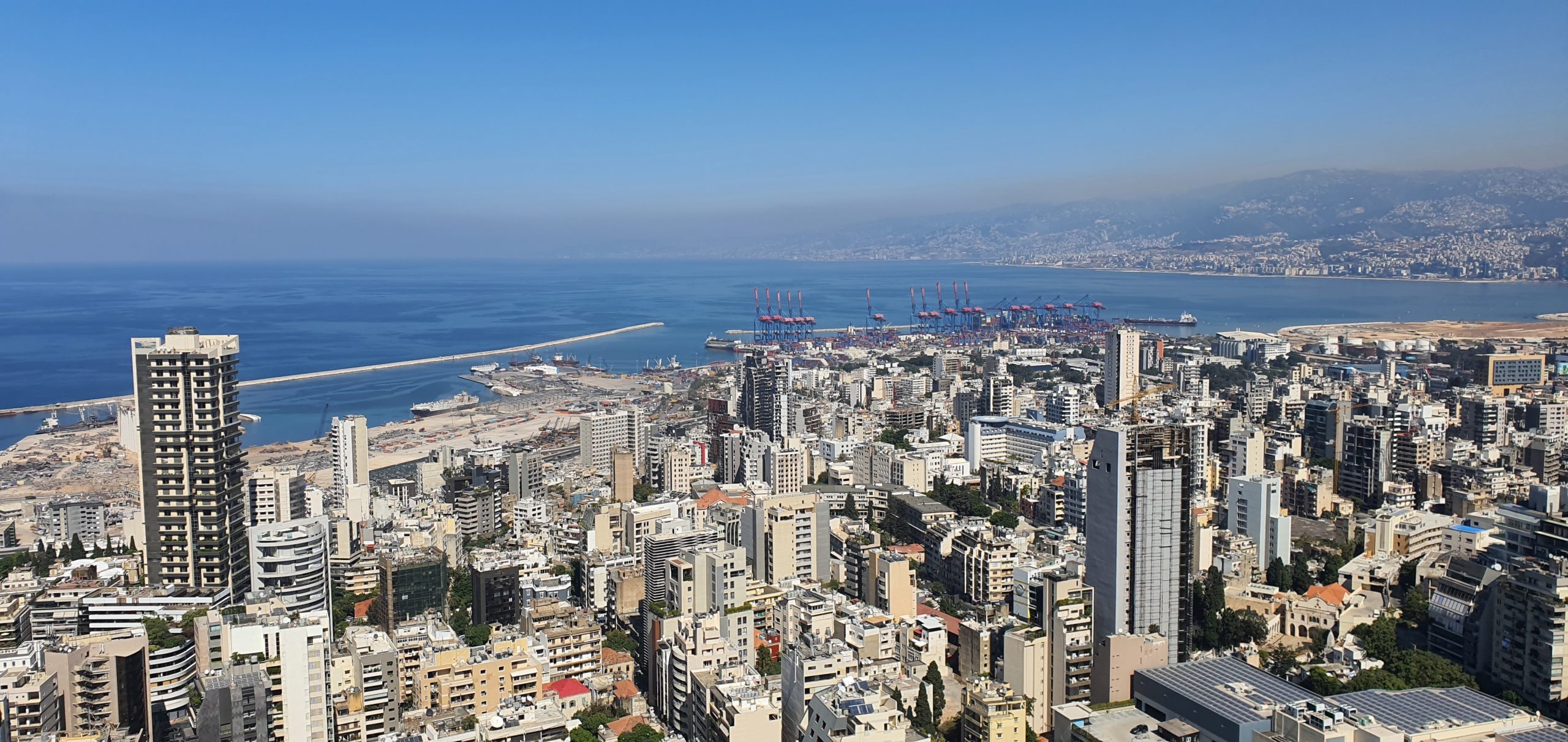
A View of Beirut, taken by our Middle East Conservation Specialist during a recent trip to the city to carry out smARTreports on over 100 Modern & Contemporary Artworks following August’s catastrophic explosion.
More from the Blog

Post Covid-19 – What Next For Auctions?
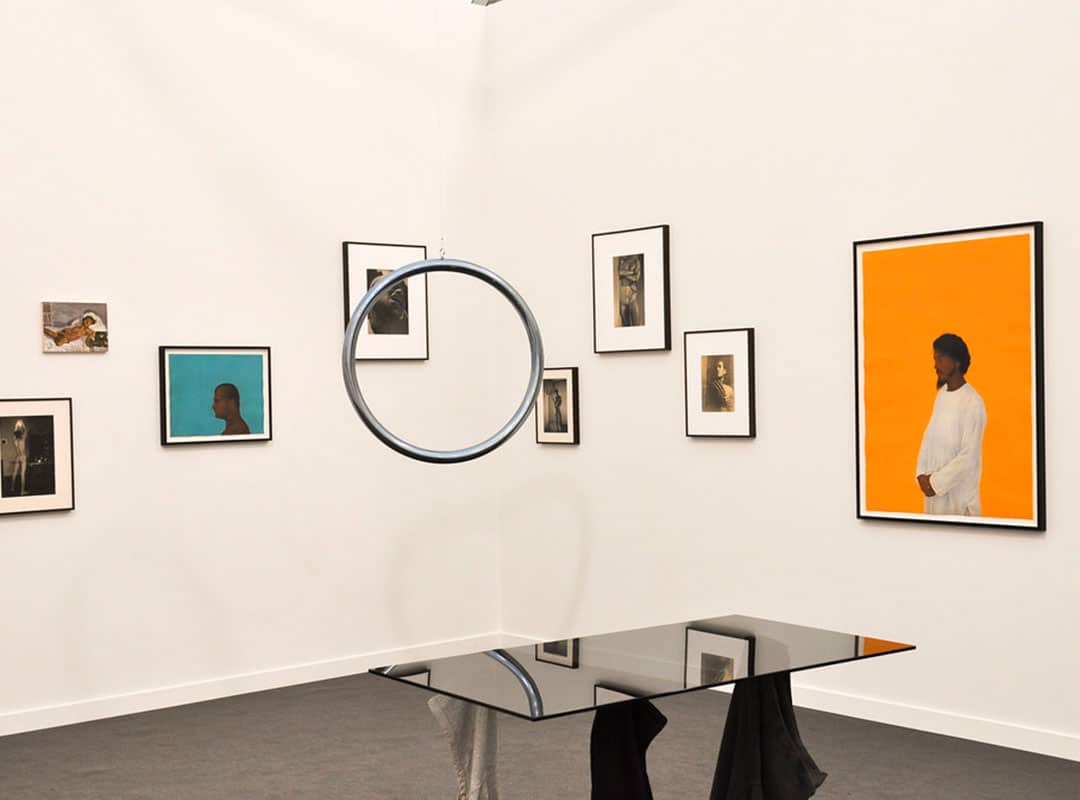
Interview | Post Covid-19, What Next for the Art Market?
